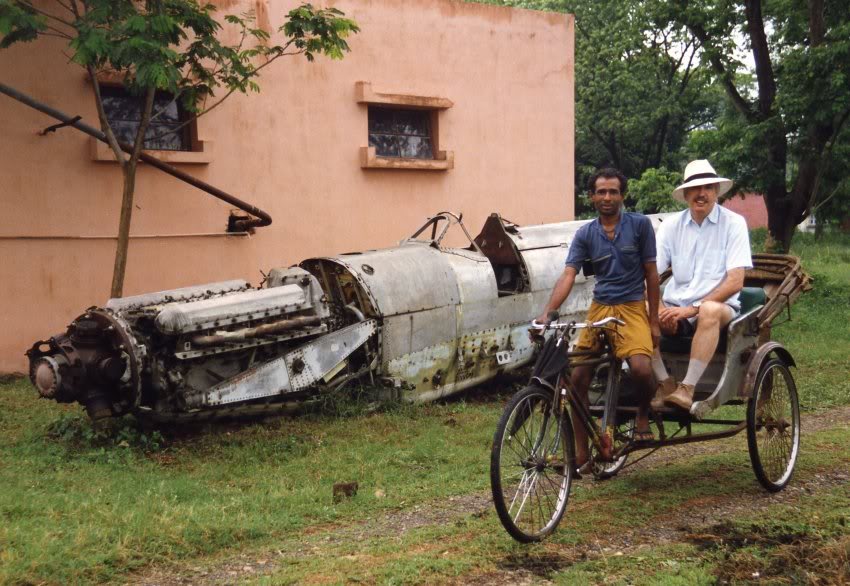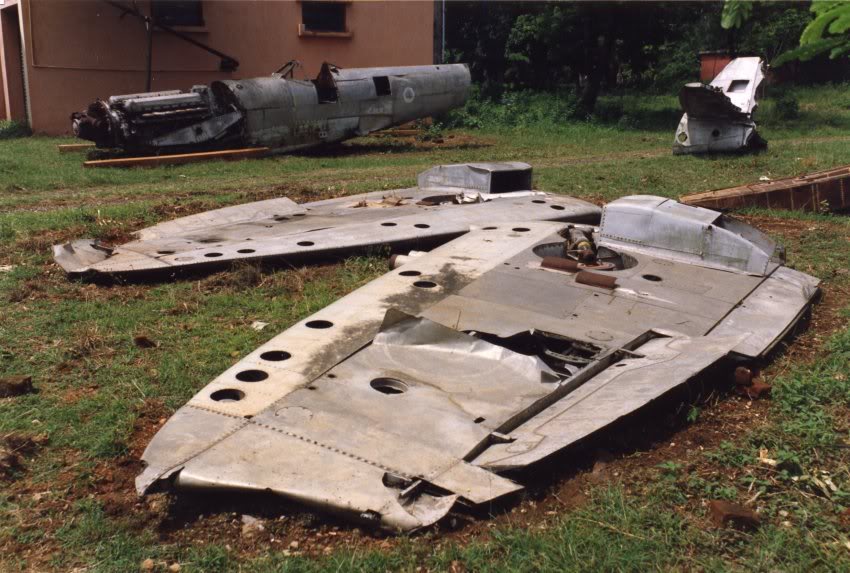Hawker Hunter F.56 [BA335] is preserved at IIT Kharagpur. However this was only the second such warbird the IAF had given to IIT-KGP. And read on about another rare warbird that the IIT KGP let go in the early 90s.
Kharagpur is an important industrial town in Paschim Medinipur district of West Bengal, India. It is the most populated city of Paschim Medinipur district.The first Indian Institutes of Technology (IIT), a group of Institutes of National Importance, was founded in Kharagpur as early as in May 1950.It is 116 km from Kolkata and forms an important station on Howrah-Mumbai, Howrah-Chennai road and railway route. This town also has one of the largest railway workshops in India, and the third longest railway platform in the world (1072.5 m).Kharagpur is close to the Air Force base in Kalaikunda, and another in Salua.
The Indian Institute of Technology Kharagpur (IIT Kharagpur or IIT KGP) is a public engineering institution established by the government of India in 1951. The first of the IITs to be established, it is recognized as an Institute of National Importance by the government of India. The institute was established to train scientists and engineers after India attained independence in 1947. It shares its organisational structure and undergraduate admission process with sister IITs. The students and alumni of IIT Kharagpur are informally referred to as KGPians. Among all IITs, IIT Kharagpur has the largest campus (2,100 acres),[4] the most departments, and the highest student enrolment.
 |
|
| Two views of Hawker Hunter BA355 at the Nehru museum in Kharagpur. The aircraft features the badge of the Operational Conversion Unit, "The Young 'Uns". | |
It is no surprise that the IAF has been generous to IIT Kharagpur by donating various artifacts time to time. Currently the Institute is home to a Hawker Hunter F.56 [BA355]. The aircraft is displayed outside the IIT KGP Museum, which is housed in the Hijli Detention Center building, the former Administrative office HQ of the IIT
Not much is known about the historical background of this Hunter except for the fact that it was delivered to the IAF in October 1960.
 |
The fighter lacks the drop tanks typically seen in Hunter warbirds. The nose camera is very prominent in this view right below the front windshield |
| Another view of the Hunter. The aircraft is mercifully displayed on 'stands'. |
 |
The first Warbird – Spitfire Mk XVIII
The Hunter was not the first aircraft that IIT Kharagpur was home to a legendary Supermarine Spitfire Mk XVIII fighter. When the Spitfires were retired in 1957, one Spitfire, HS669 (TP387 in RAF) was sent to Kharagpur where it was presumably used for training or display purposes.
By 1979 it was noted to be a derelict airframe lying outside in the open. Its tail lying nearby and and the wings dismantled. The aircraft was finally sold by the IIT to western collectors in 1991 and it was exported out of the country in 1994. Famed Spitfire historian Peter Arnold helped in its recovery.
However during the export process, the tail section of the Spitfire went missing and TP387's restoration effort languished. It was finally sold to french collector Jean-Marie Delimbeuf in 1995. The aircraft is still unrestored at this point.
Spitfire Photographs : Peter Arnold



